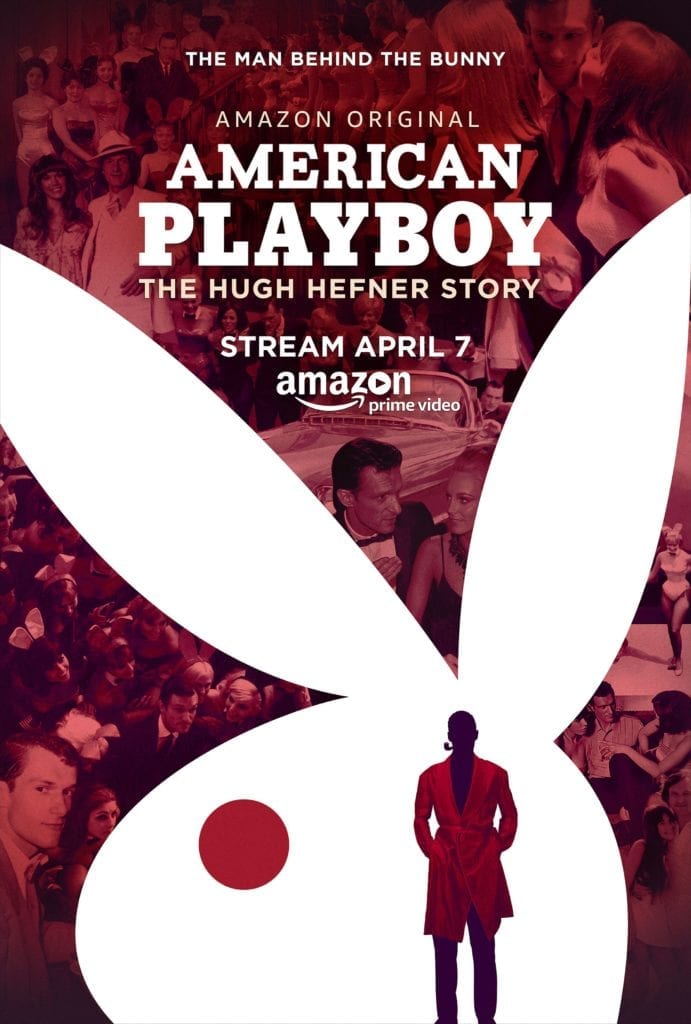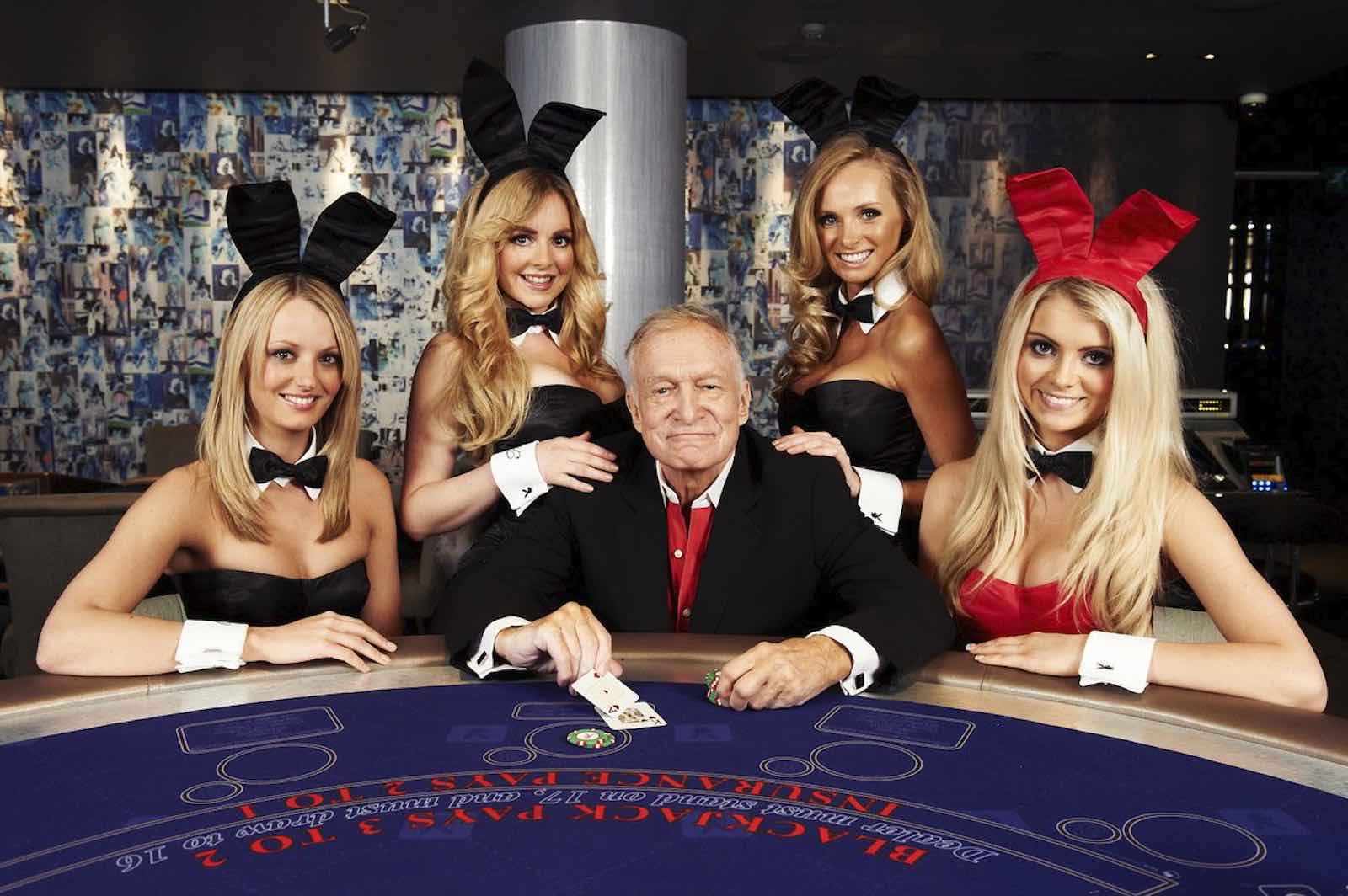
Bunny Tales: ‘American Playboy: The Hugh Hefner Story’
Hugh Hefner has sported a very complicated personal life for over six decades, and many printed words attest to it. From Gloria Steinem‘s undercover report for Show in 1963 to Holly Madison’s tell-all tome about life behind the doors of the Playboy Mansion. But regardless of the myth of Hef, The Playboy story isn’t just a sum of his private parts.
Love or hate Hugh Hefner, the story of Playboy magazine is one of true entrepreneurship against all odds. We can’t deny the chutzpah of the boss who flipped his magazine from a kitchen-table enterprise into one of the world’s most recognizable brands. Throughout the years, he battled censors and the conservative right, championed the pro-choice movement, and provided a platform for civil rights leaders including Martin Luther King and Malcolm X.
But that’s not all – in creating a magazine borne from his “frustration with the status quo,” Hefner sketched a blueprint for modern men’s magazines, redefining the way men engage with media in a format that worked for nearly 60 years – in the process elevating himself to trailblazer status and making many women into household names. The new Amazon show American Playboy: The Hugh Hefner Story aims to explain exactly how he and his brand have become the stuff of legend.

Docudramas can feel clunky, quickly coming undone when marrying the two genres, and this debut episode is no exception. Around the midway point, the show finds its footing; the narrative sparkles once the publication itself is placed firmly at the forefront.
Even passing magazine readers will get a kick from learning about the first issue’s financing (partially by putting Hef’s furniture in hock), design by the legendary Art Paul, and the procurement of the famous Marilyn Monroe nudie-cutie centerfold.
We are told in no uncertain terms about the drive, determination, and sheer will it took to get that first issue on newsstands. At the time, the Playboy team had to contend with a virtually non-existent budget, a last-minute name change, and a tiny staff of three. It’s even more impressive when you learn that, to launch a new magazine in 2017, you would need at least a few million dollars.

With Playboy Enterprises credited as co-producers of the show, don’t expect an impartial recounting – instead, the story feels deliberate and carefully constructed at times. However, the partnership assured the producers access to a treasure trove of previously unseen source material, including over 17,000 hours of film footage, Hef’s 2,600-plus scrap-book collection, and exclusive access to Hugh Hefner himself. (I’m glad I wasn’t a research assistant on this show.)
Although the story may be skewed in his favor, at least the narrator is truthful about it, with Hef stating early on, “This is my story – or at least how I remember it.”

Cooper Hefner, Hugh Hefner’s son and the current chief creative officer for Playboy, is interviewed towards the end of the first episode: “What my father taught me about freedom of expression is that it’s ok to not be P.C. when you’re having a conversation about something that really matters. It’s okay to challenge other people’s beliefs, and your own beliefs.”
After the credits roll, this is the concept we are left mulling over: however provocative Hugh Hefner and Playboy Magazine may be, beneath the bunny ears lies a man who lives to start conversations. Whatever the subject of these discussions, we can’t help but tip our hat to that.







